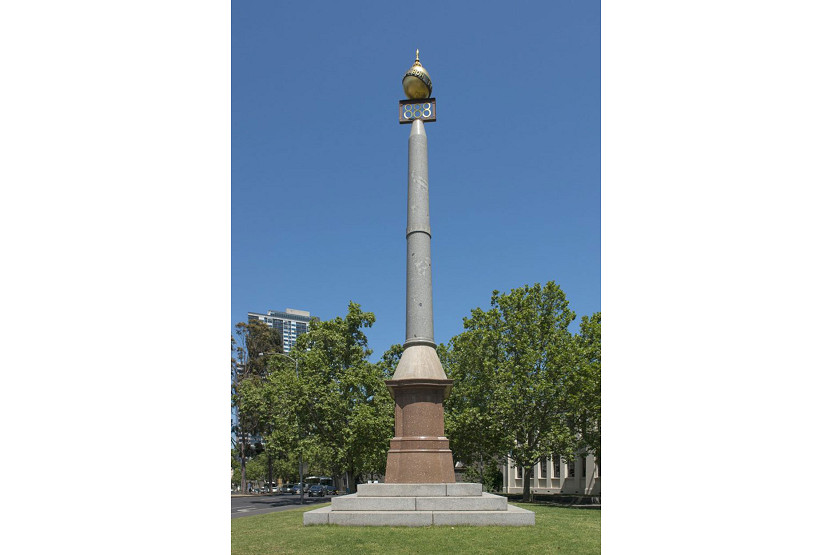Corners of Melbourne
Robyn Annear is the author of several amusing and easy to read books about the history of early Melbourne.
She has recently appeared in a documentary, currently showing on SBS, The Lost City of Melbourne that traces the ups and downs of the city over many years.
She describes her latest book, Corners of Melbourne as “a splintery cross section of life in the city up to 1899”. It provides a sample of what Robyn encountered when searching on the website Trove Newspapers for the words “at the corner of”.
She describes the corner as “both a starting point and a destination” and the destinations she takes us to are many and varied, but often sordid, sad and sometimes downright disgusting. She also uses the corners as a jumping off point to briefly recount some of the history of the city’s early infrastructure – its water, sanitation, and transport. The book includes some amusing illustrations by Simon Barnard.
It was around the time of the gold rush, only 20 years after the founding of the city, that the government decided to build a pipeline bringing water from the Yan Yean reservoir to the city, a distance of about 50 kms.
This mammoth task, using horse and manpower, was completed in four years, with the pipes having to be imported from England. Annear describes the celebrations that took place when the water was switched on during New Year’s Eve of 1857.
A holiday was declared, with crowds assembled to witness the stopcock being unloosed at the valve-house situated on the corner of Nicholson and Gertrude streets. Another tap was turned on at the corner of Elizabeth and Flinders streets that brought water to two dozen small water fountains situated on street corners throughout the city.
One of the first water jets rose 20 metres into the air before making landfall and drenching many of the assembled crowd.
Water fountains and public toilets were a cause of much political wrangling between shop proprietors, public house owners and government officials, all with their particular vested interests. And one of the impediments to the building of public toilets was the reluctance to even mention the words during the Victorian years.
The problems arising from the lack of public toilets was particularly acute in the Melbourne theatre district that saw some of the laneways around Bourke St streaming with urine during the intervals. The first public urinal was built on Elizabeth St and opened in August 1859, but as the urine drained straight into the gutter, public outcry led to the toilet being removed after only one year. It wasn’t until the 1890s that public toilets were sewered.
Robyn writes at the end of her introduction: ‘keep in mind that this used to be a country without corners’ before acknowledging, with respect, the First Nations people “past, present and forever”. It was a land that was cared for and cherished, with distant vistas and far horizons.
Our vistas today are too often tall buildings of glass and metal that obscure the sky and create wind tunnels and dwarf the older buildings that have given Melbourne its distinctive character. •
Felicity Jack for the Hotham History Project.

Jo Ryan unveils Ordered Chaos at Blender Studios






 Download the Latest Edition
Download the Latest Edition